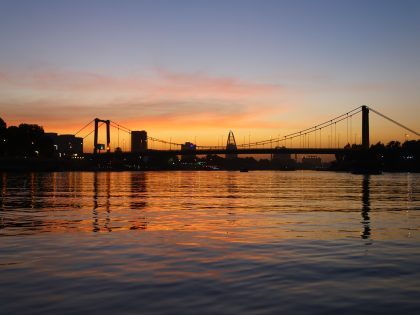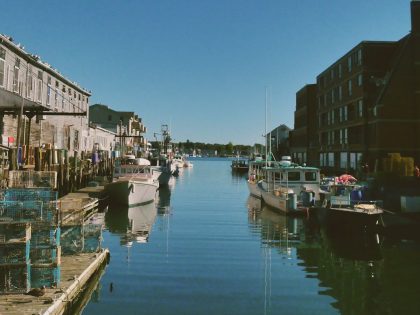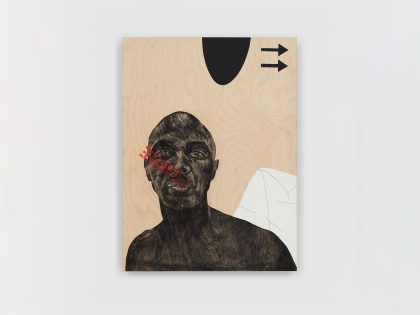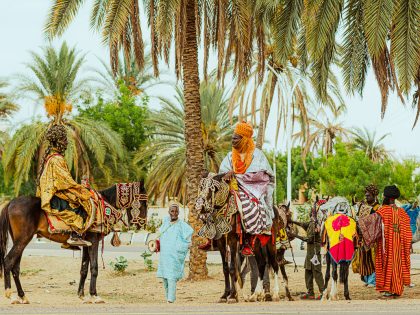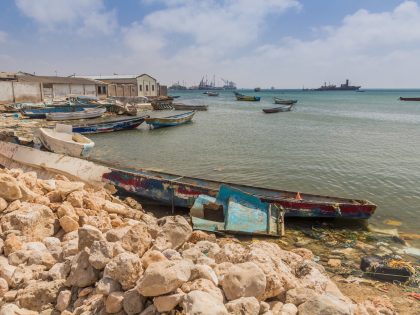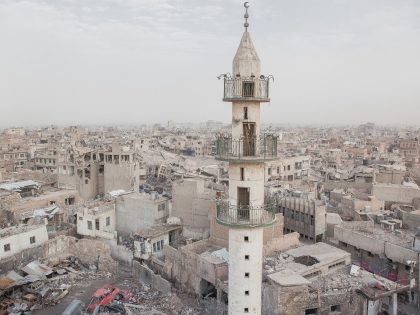Cameras and the Indian Ocean

Silver gelatin print Kenya c. 1900 ( 36.1.26)
In 1883, the Sultan of Zanzibar, Barghash bin Said, commissioned a camera obscura room in the tower of his new palace, the House of Wonders. Royal family members were early enthusiasts and collectors of photographs, part of a fervor that swept the Indian Ocean’s urban enclaves.
It may be surprising to realize how quickly photography became an indispensible form of expression in East Africa. Today we have new access to these earliest images ranging from Zanzibar’s royal wives and concubines to poor, newly-freed people from Indian Ocean islands at the dawn of abolition. Sailors and Daughters: Early Photography and the Indian Ocean, an online exhibition sponsored by the Smithsonian, highlights these photographs from east Africa and beyond. Most are on view for the first time ever. With these, we have access to a wider array of the “citizenry of photography” (Azoulay, The Civil Contract of Photography).
Today, many of us are unaccustomed to seeing photographic portraits that are starkly gorgeous. A portrait of three royal women, their names unknown, offers a glimpse of the vast dimensions of style brought together and melded in Zanzibar’s royal harems. Here, we can see sartorial influences brought by the women who would become the Sultan’s wives and concubines; they layered elegant styles – from India, Oman and the Gulf, Circassia (present-day Georgia), Ethiopia, and as far as Zambia – into Zanzibari courtly attire.
Photographers like A.C. Gomes, Coutinho Brothers, and Pereira de Lord, themselves the sons of myriad diasporas, created portraits befitting their subjects. One commenter tied the extravagance evident in these portraits to a long-standing pride in fashion and beauty: “Swahili women have always been so fashion forward, and we take pride in looking good,” noted ‘bantujustmeanshuman’ (qtd. by streetetiquette and psaltftheblog).
Fashion is all about creation, and accelerating the new; if looking good is an aesthetic assertion, fashion cannot be disentangled from the political ambient. For instance, in 1890s Zanzibar, portraits of women in kangas and heads covered in showy kilemba heralded abolition. Recently slaves, women could now dress as those who were free-born. Moreover, the act of walking through city streets, and into photo studios, marked a revolutionary freedom. It also marked a huge shift from the private to the public: Muslim women were forging a new visual economy of cosmopolitan style.
The exhibition also shares new visions of slavery and diaspora, subjects that are especially complex. These include portraits of people who were captured, then ‘freed’, only to be transported to again to become indentured servants. These are valuable records of individuals, revealing, through their portraits, something of what it meant to exist under harsh conditions; though they were taken for bureaucratic purposes—as a way of maintaining records of the indentured—and though they were not a means of “self-fashioning”, as were the photographs of wealthy Zanzibari women, these photographs nevertheless defy and alter our expectations of what precisely constitutes a photographic portrait. It makes us question the ways in which photography has offered a means of creating versions of, and fictions of, selfhood and portrayal.

Other aspects of the exhibition explore the conditions of travel and migration. These include among the earliest daguerreotypes ever taken in east Africa (Guillain’s Atlas), Sevruguin’s lush portraits of African advisors at the Persian court of Nasir Al-Din Shah, and diaspora communities in the port city of Muscat, Oman.
Underlying this exhibition is an idea familiar to most readers here: globalism is nothing new. For centuries, the Indian Ocean tied together a web of distant cities–Zanzibar, Mombasa, Mogadishu, Mauritius, and Muscat among the many metropoles navigated upon monsoon’s seasonal winds. In the long durée of exchange, photography’s global histories fundamentally undermine our outmoded understandings of what ‘modern’ means: these photographers took up new technologies, making use of those practices deemed relevant and useful, and aesthetically domesticated the camera and its contents.

Since the exhibition is an exclusively online affair, you don’t have to make the trek to the Smithsonian to see these extraordinary photographs. Physically bringing together early photograph collections and albums from across the globe wasn’t possible, but the fragility of these materials posed one advantage. If you’ve ever had the pleasure of admiring an albumen print with a magnifying loup, you’ll see how well these photographs are served by a digital platform. The vivid beauty of these prints demands we zoom in with a leisurely eye, take a rare and considered look.
How do we best share and learn about these kinds of images and histories? These are the stakes in moving these photos out of the hyper-secure archives and rarely-seen collections in Chicago, Berlin, Johannesburg, Washington, D.C., the Seychelles, and Réunion. At a time when there is ever more digitization of image archives, we very rarely see these efforts increasing access to global publics.

Another great advantage of this on-line platform has been the real-time response by those who may never set foot in the U.S. The intensity of online activity—commentary, writing, sharing—around this exhibition leaves the experience of looking at photographs in a museum gallery seem comparatively remote, rushed, fragmentary.
Instead of remaining in faraway museum archives and galleries, these photographs were shared and posted widely. Online audiences from Addis Ababa, Muscat, Secunderabad and Austin were quick to bandit these photos. The images multiplied online, shared and forwarded towards countless unanticipated aesthetic and intellectual projects. The chic women from Zanzibar scroll now next to streams of street photography, creative and political discussions, family pages, theoretical and feminist and fashion sites. Etched in silver and light, these photographs are going places.
Sailors and Daughters: Early Photography and the Indian Ocean is an online exhibition curated by Erin Haney, assisted by Xavier Courouble. It is part of the Smithsonian’s National Museum of African Art’s Connecting the Gems of the Indian Ocean: From Oman to East Africa project, supported by the Sultan Qaboos Cultural Center in Washington, DC.
With thanks to Carolyn Hamilton, Verne Harris, Dabney Hailey, Wendy Grossman, and Wilcox Design/Green Interactive.

